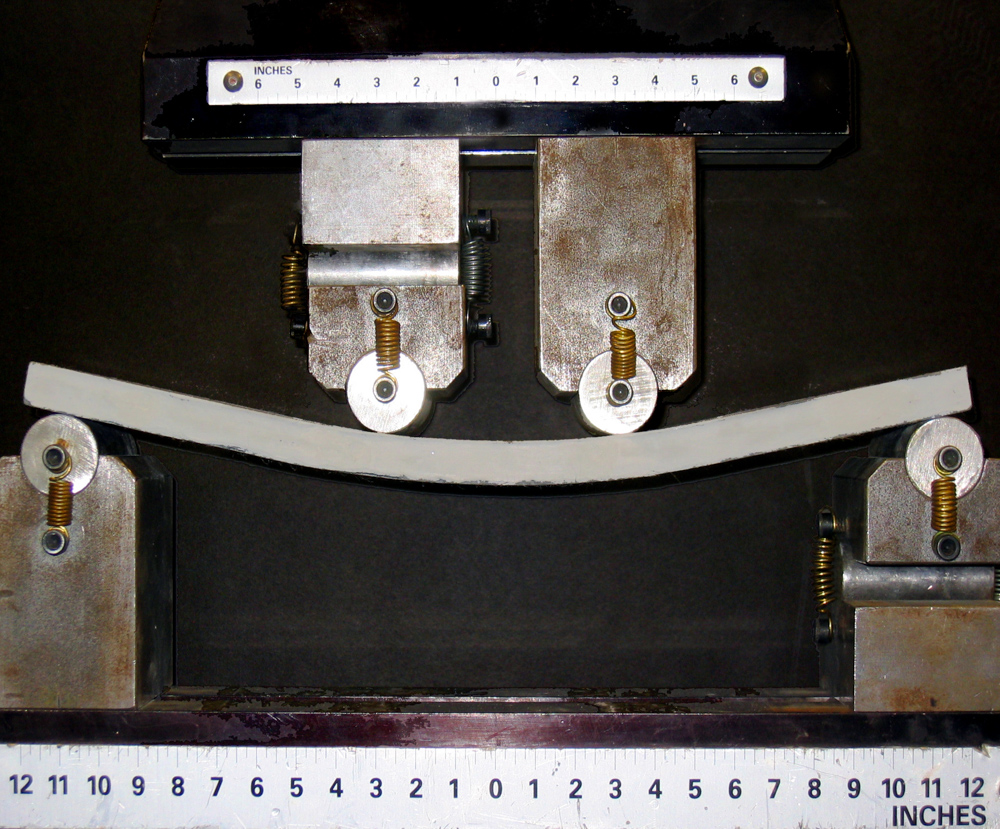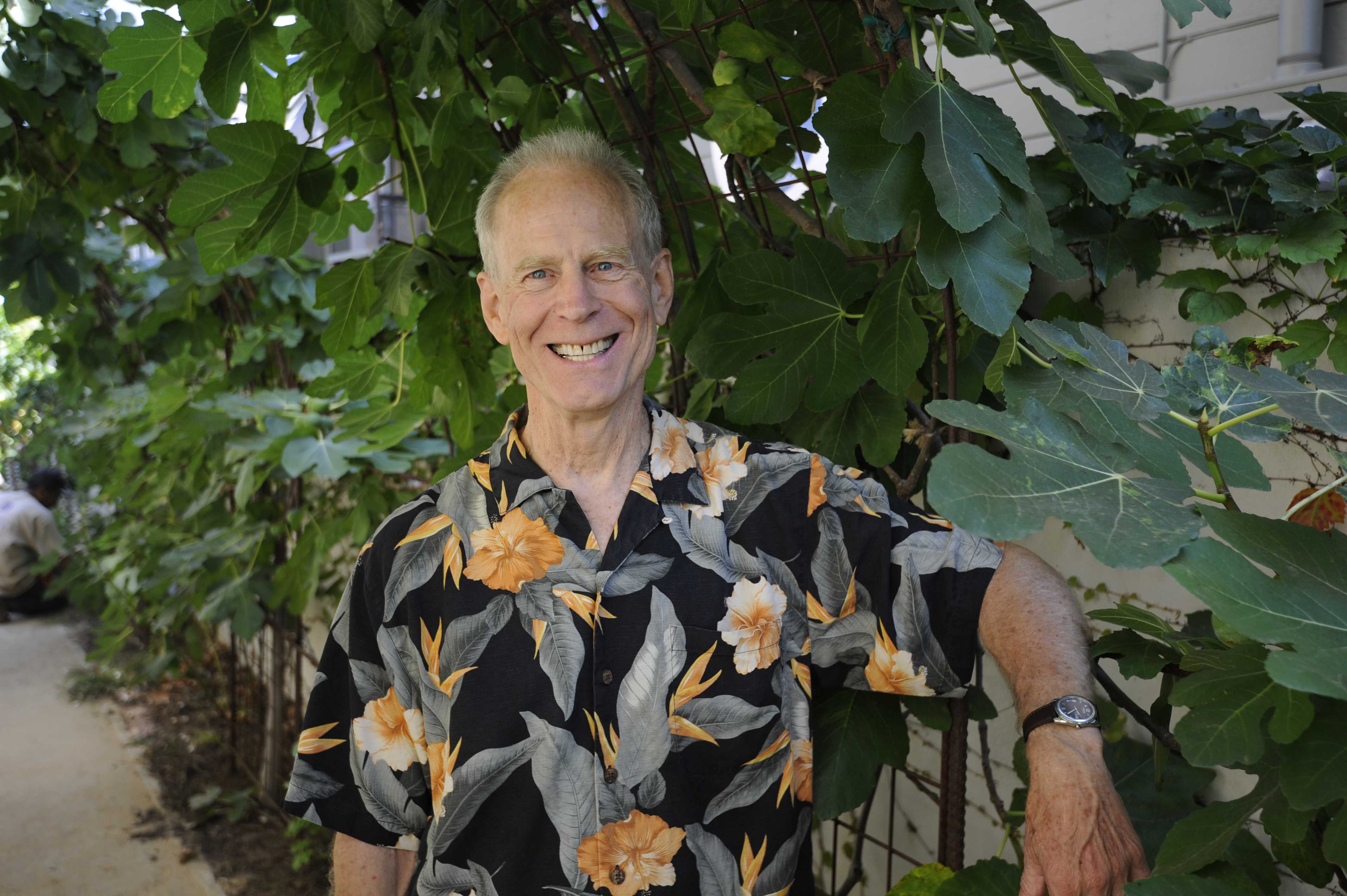Can Concrete Really Be Bent?

As with many other products and processes, biomimicry (learning and imitating the processes of nature) is transforming the world of concrete. Although in the early stages of being applied, concrete that is bendable without fracturing is now a reality. Concrete is the most ubiquitous building material on the planet, but it contributes 6-7 percent of greenhouse gases and is thus a major contributor to climate change. It has great compressive strength, but when it cures, it becomes a hard, brittle material.
The idea for bendable concrete is borrowed from nacre (mother-of-pearl), the material that lines the inside of abalone shells. The main material in nacre — small, hard bits derived from calcium carbonate — is made flexible by the natural elastic polymer that surrounds and ties these small chunks together. This combination makes nacre both strong and bendable.
A number of universities around the world, including the University of California at Irvine, Stanford, and the University of Michigan, have been investigating the nacre model for concrete. By eliminating the coarse aggregate from the mix (gravel, sand, and cement) and adding microfibers of silica, glass, steel, and/or polyvinyl, they approximate the flexibility of nacre. The interfaces between these tiny fibers and the cement recreate the controlled slippage in nacre. Bendable concrete, technically called engineered cementitious composite (ECC), is not a single design mix but a broad range of design mixes. The precision of these formulae comes from the application of micromechanics theory.
Essentially, the microfibers create many precalculated microcracks. This contrasts with conventional concrete, which develops a few large cracks that permit water intrusion, degradation of the reinforcing steel, and, consequently, early rupture and failure under stress. The fibers and accompanying microcracks allow ECC to deform without catastrophic failure.

The advantages of ECC concrete are numerous: lighter weight (40 percent less); at least 300 times more flexible; superior seismic performance; less frequent maintenance and repairs, thus saving on costs; no need for expansion/contraction joints (e.g., on roads and bridges); and faster curing (seven days compared to 28 days).
The disadvantages are its higher cost, the need for more skilled labor, and getting structural engineers to specify it when they have been taught that concrete cannot be flexible.
There are recently built bridges in Japan, Korea, and the U.S. using ECC. A 60-story skyscraper using flexible concrete for superior seismic performance is currently under construction in Japan. When our roads and bridges, which badly need fixing, get rebuilt, they can have a much longer projected life by using bendable concrete. The significantly greater durability of flexible concrete is the biggest sustainable improvement. Less-frequent rebuilding of concrete’s failures also means big reductions of greenhouse gases.
Dennis Allen is chair of Allen Construction, an employee-owned company committed to building and operating sustainably. He also serves as chair of the Dean’s Council at the Bren School of Environmental Science & Management at UCSB and as a boardmember of the Community Environmental Council.



